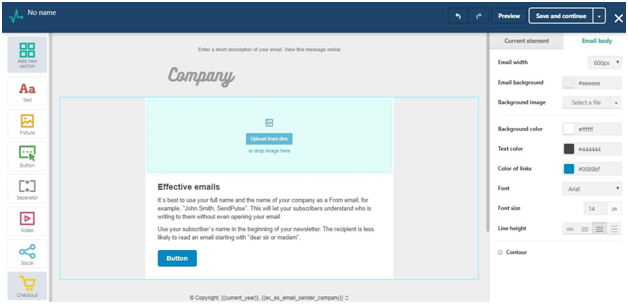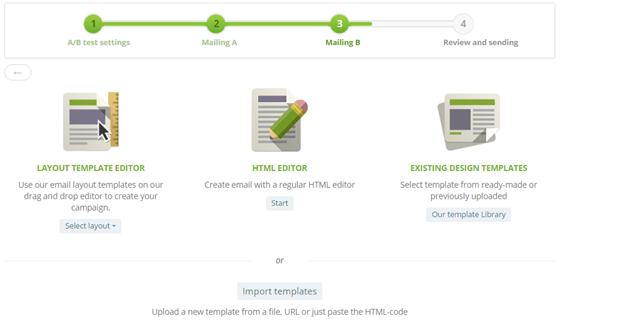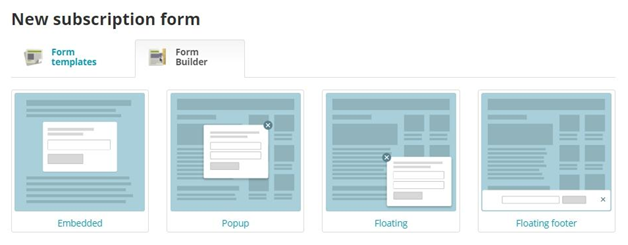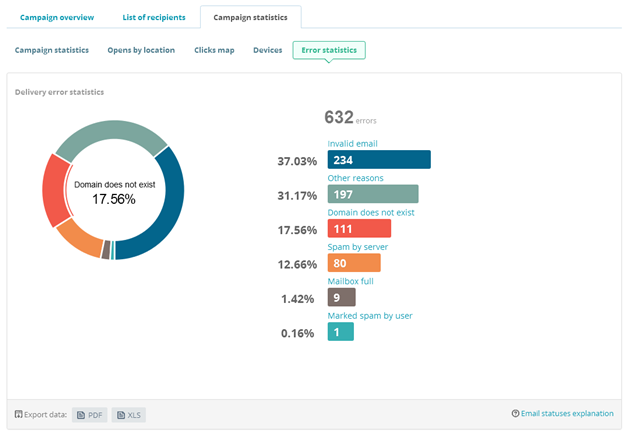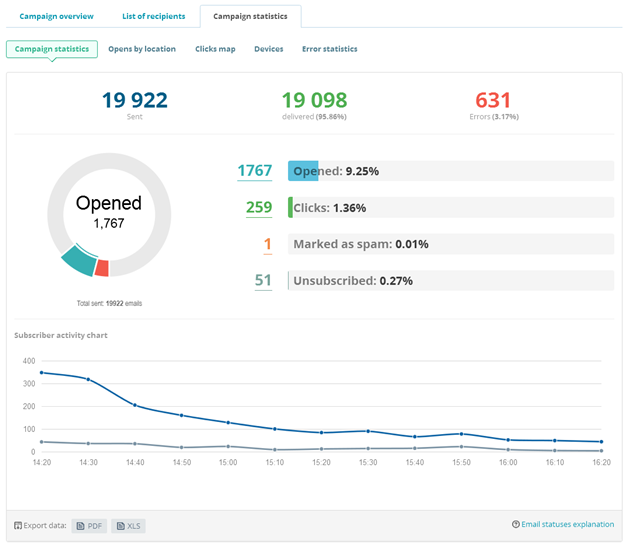A considerate portion of marketers in Asia Pacific [29%] don’t have the right balance and synergies between digital and offline media, while the majority [84%] still struggle with cross-channel measurement. That’s according to the latest annual state of marketing study, Getting Media Right: Marketing in Motion, released today by Kantar.

2020 is set to see a significant rise in digital ad spend, as marketers in the region look to optimise their media mix. 80% of marketers plan to increase their investment in online video advertising over the next 12 months, while 68% plan to increase spend on social media networks and 57% plan to increase spend on podcasts. This is in sharp contrast to print media, where 72% of marketers say they will decrease spend in magazines, while 60% will reduce their investment in newspaper advertising.
Despite the projected growth in online advertising, digital measurement remains a challenge for marketers, with blind spots such as ‘walled gardens’ impacting the ability to understand cross-channel performance. This leaves many advertisers in the dark about the performance of their brand across channels.
Now in its sixth year, Getting Media Right examines the current state of marketing in a fast-moving connected world, and is based on in-depth survey feedback from nearly 500 senior marketers globally spanning advertiser brands, media publishers and agencies globally. It reveals an industry that continues to diversify its usage of different media contexts, yet requires better understanding of how ideas, content and media channels work together to achieve their goals of driving short-term sales and long-term brand growth.
Key findings from the study
-
The short-term vs. long-term dilemma comes to a head. Almost all marketers in the region [89%] now recognise the importance of balancing short-term sales with long-term brand building. However, still only 61% of marketers are using both short and long-term measurement; 32% still rely solely on short-term sales results.
-
Marketers globally still struggle with integrated campaigns, but APAC marketers are having more success. 88% of marketers say they have integrated their marketing organisations, compared to 75% of global marketers.
-
Programmatic targeting continues to grow. Four in five marketers in APAC [78%] currently use programmatic targeting for their campaigns – and that is expected to reach 87% in 2020. But still one in five marketers [21%] aren’t confident they’re successfully targeting the right audiences.
-
Cookieless advertising could leave marketers in the dark. More than a third of marketers [36%] haven’t begun preparations for a cookieless world, leaving many concerned about how such change will impact the industry.
-
Nearly two thirds of marketers [61%] agree that developing custom content is an imperative, but when it comes to understanding how context impacts creative executions, there’s still a gap. More insight is required into how specific content needs to be tailored to specific contexts to improve message receptivity.
Jane Ostler, Global Head of Media Effectiveness, Kantar, said
While the rapid growth in digital ad spend comes as no surprise, this new research indicates that marketers still have a long way to go to when it comes to cross-channel measurement and proving ROI.
The next 12 months will see huge changes for the industry, with the rise of newer channels, such as podcasts and advanced TV, and the move away from cookies set to transform the way advertisers target and measure campaigns. Marketers should aim for the best of both worlds -they need to create a framework to monitor impact on business and brand metrics. That means harmonising measurement tools, building an infrastructure that enables measurement across the diverse marketing mix, and creating meaningful insights to improve performance across all channels.
Pablo Gomez, Chief Digital Officer for the region, said
The results go to show just how dynamic and complex APAC is as a region. Marketers here are faced with the challenge of rapidly increasing their digital investment, whilst at the same time, ensuring there is integration with offline media.
Measurement also remains one of the biggest issues for the region, especially online-offline cross measurement which is critical in a region dominated by TV and mobile. It’s clear that marketers need more focused data, with insights that give them the direction they need to better integrate and optimize their campaigns. This will also allow them to customize content better and improve the entire experience for their audiences.
Sandeep Ranade, Executive Director, South Asia, Insights Division, Kantar said
This research indicates that many marketers today focus on short-term measurement though they recognise the importance of balancing short-term sales vs long-term brand building. Integrated campaigns are the way forward, however there still a lot that needs to be done here. Marketers need to be more cognizant of the specific contexts while developing content.
This will help them future proof their digital measurement approaches in the rapidly growing and changing digital scenario.
For more information on Getting Media Right: Marketing in Motion, or to download a copy of the study, please visit http://www.kantar.com/






